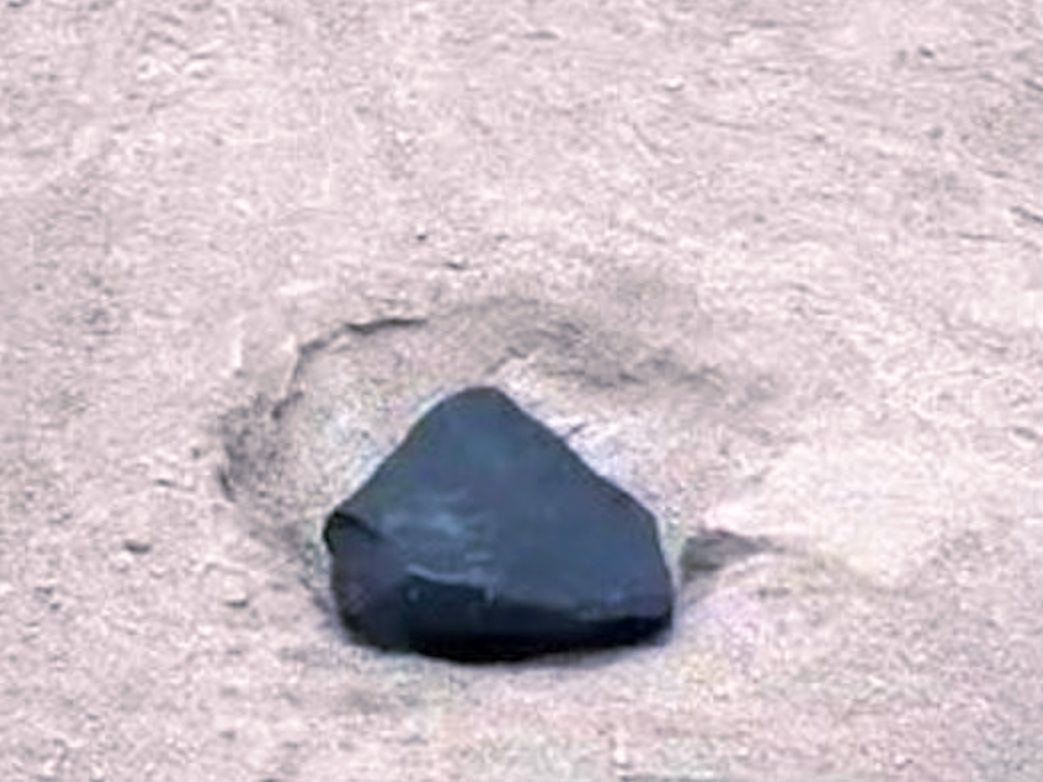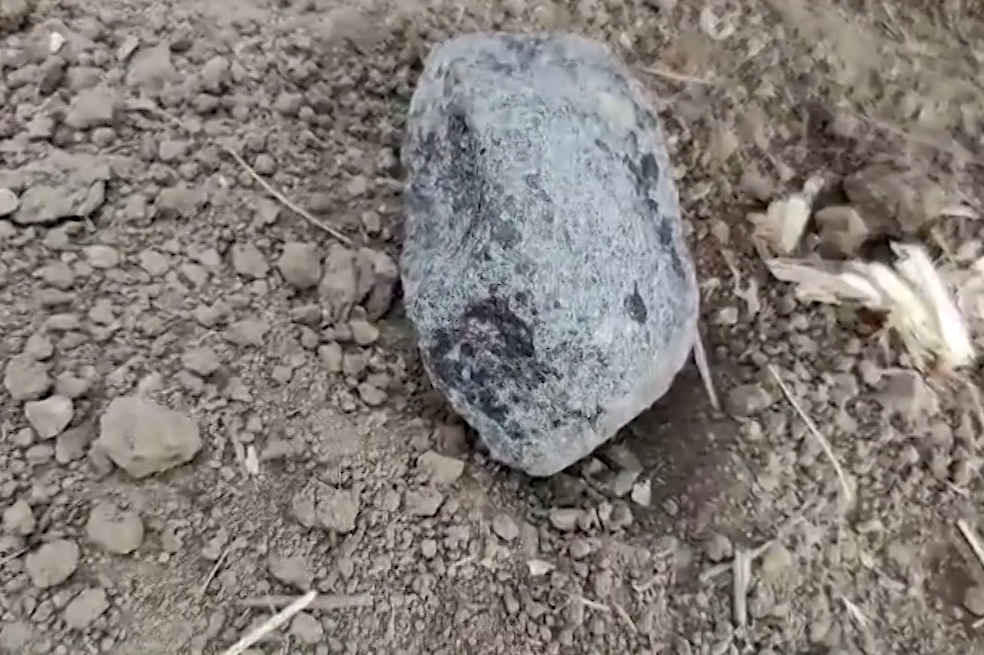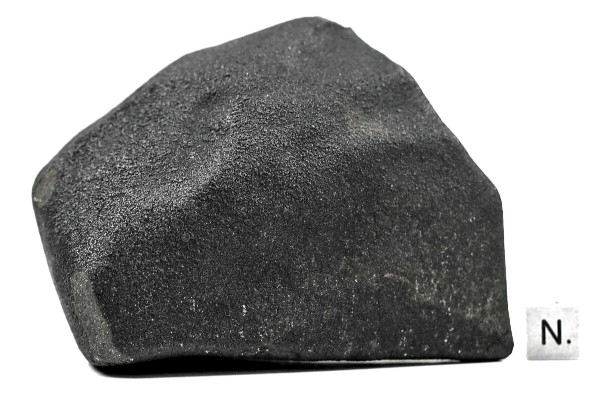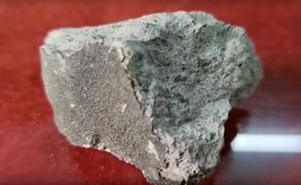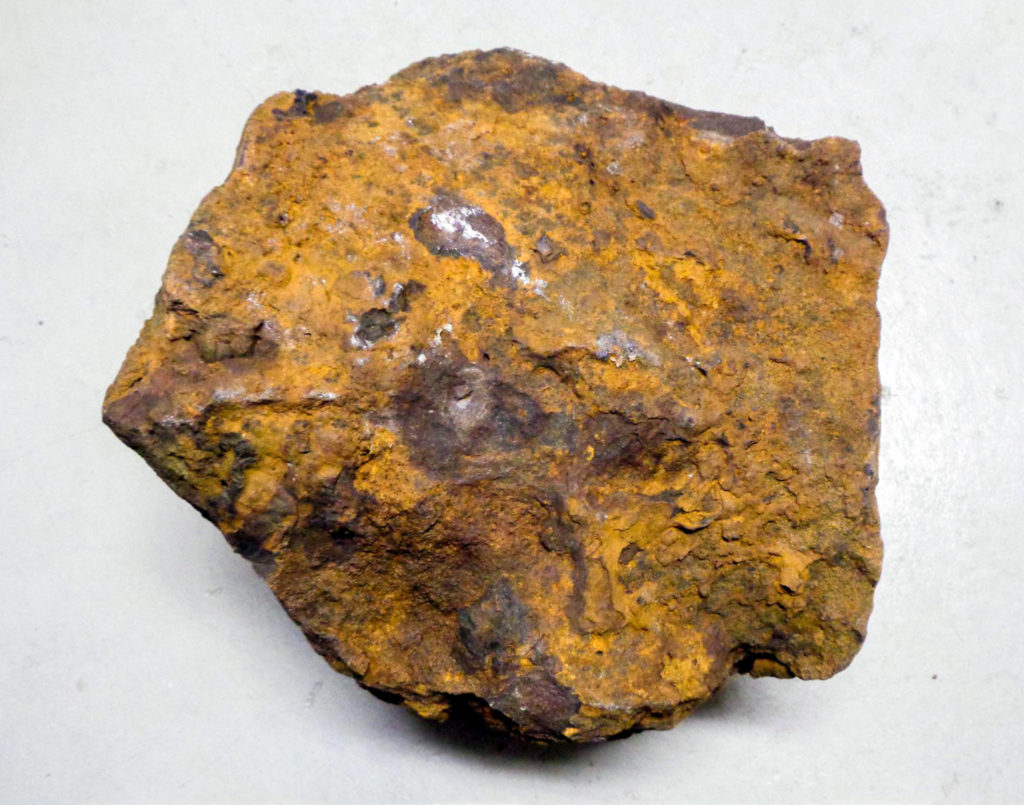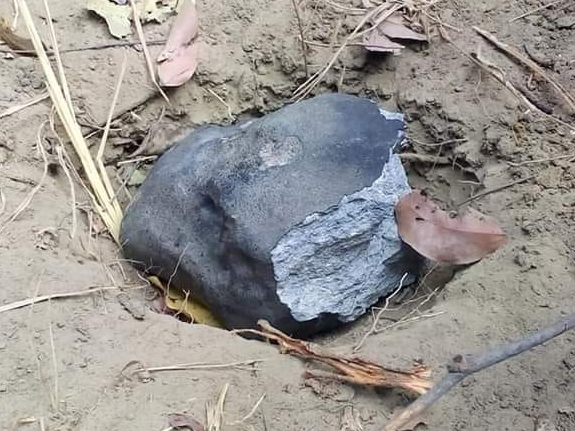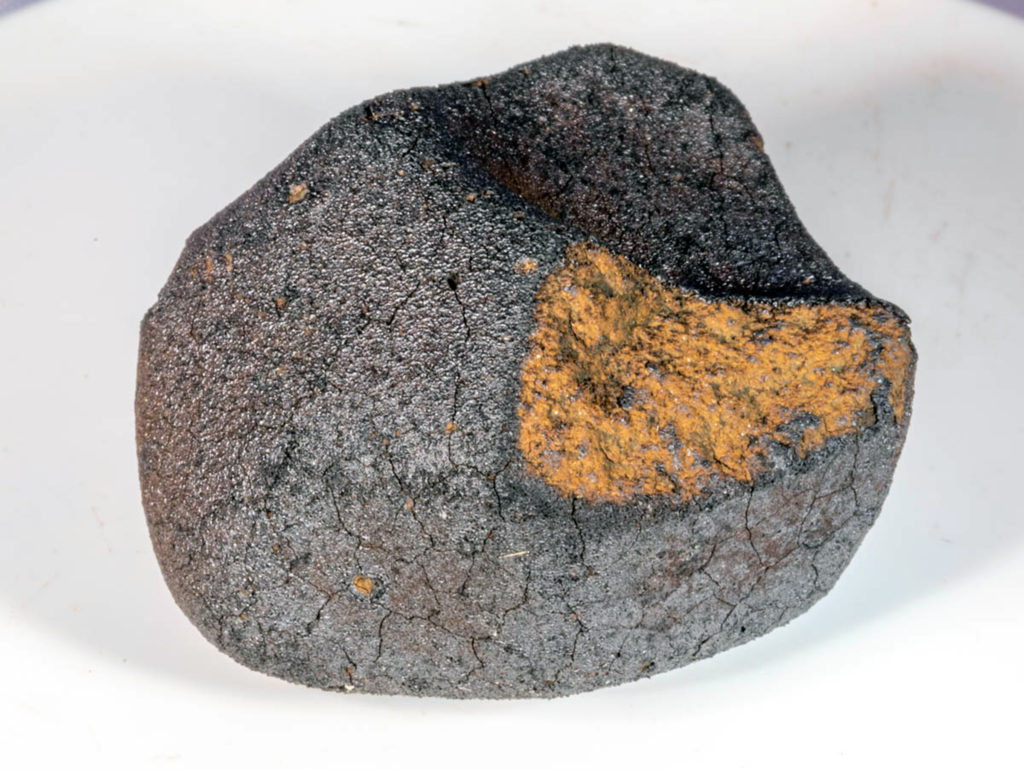Planetesimal Impact Vapor Plumes and Nebular Shocks form Chondritic MixturesOPEN ACCESS
Sarah T. Stewart, Simon J. Lock, Philip J. Carter, Erik J. Davies, Michail I. Petaev, Stein B. Jacobsen
draft, accepted March 7, 2025, submitted to The Planetary Science Journal
Update: The Planetary Science Journal, Volume 6, Number 5 (7 May 2025)
LINK (OPEN ACCESS)
PDF (OPEN ACCESS)
“The origin of chondrules, and the chondritic sedimentary rocks that dominate the meteoritic record, is a long-standing problem in planetary science. Here, we develop a physical model for the formation of chondritic mixtures as an outcome of vaporizing collisions between planetesimals that were dynamically excited by the growth and migration of planets. We present calculations of nebular shock waves generated by impact vapor plumes and focus on aspects of the plume interaction with the nebular gas and dust that have been neglected in previous studies of impact ejecta. We find that, when water dominates the vapor, the plumes are relatively cool. However, the plume expansion is supersonic and can drive strong shock waves in the dusty nebular gas. Portions of these nebular shock fronts initially melt nebular dust, forming chondrules that are coupled to the moving front. As the shock front expands and cools, the chondrules solidify while the shock front entrains additional dust. Eventually, the plume expansion stalls and then hydrodynamically collapses, turbulently mixing variably processed dust and size-sorted chondrules. For probable impact parameters and nebular conditions during giant planet growth and migration, the impact-generated mixtures have characteristics that span the range observed in chondritic meteorites, providing an environment for rapid formation of chondritic assemblages after chondrule formation. Our impact vapor and nebular shocks (IVANS) model links chondrule formation to the overall context of planet formation and provides a framework for interpreting the detailed chronological and geochemical record contained in chondritic meteorites.”

